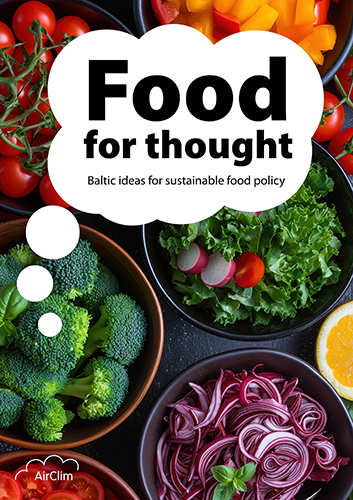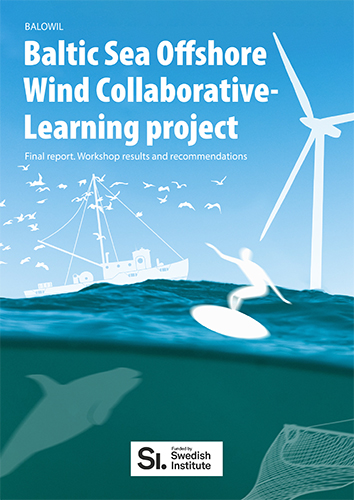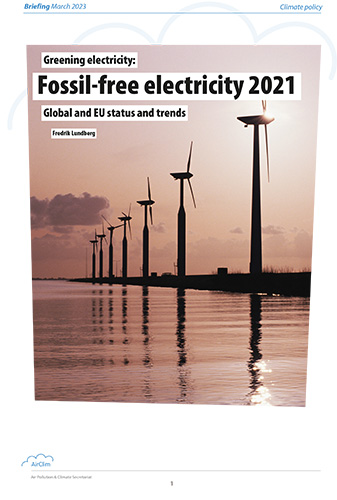
Pollution treaty to be revised
A revised Gothenburg protocol is expected to include new national emission ceilings for 2020.
Preparations are ongoing under the Convention on Long-Range Transboundary Air Pollution (CLRTAP) to update and revise the 1999 protocol to abate acidification, eutrophication and ground-level ozone, also known as the Gothenburg protocol.
The protocol sets national emission ceilings (NECs) for four major air pollutants – sulphur dioxide, nitrogen oxides, volatile organic compounds and ammonia – to be achieved by 2010 and not to be exceeded thereafter. In the EU, the 2001 national emission ceilings directive is the main instrument for implementing the treaty, complemented by a series of source-specific legislation, such as the large combustion plants directive and vehicle emission standards.
So far the protocol has been ratified by 22 European countries, and by the European Union, the United States and Canada.
Through technical annexes, the protocol also sets emission limit values for a number of specified sources, such as large combustion plants, industries and motor vehicles.
Meeting in Geneva in September, the Convention’s negotiation group (the Working Group on Strategies and Review) continued its discussions on the revision of the protocol, including the technical annexes.
A revised protocol is expected to include more stringent national emission ceilings to be achieved by 2020. The possibility of adding so-called aspirational emission reduction targets for 2050 has been discussed, although such targets would most likely be non-binding.
It is expected that emissions of particulate matter (PM) – most probably as PM2.5 – will be added to the list of pollutants covered by a revised protocol, but it is still uncertain if overall national PM emissions will be regulated through NECs or by some form of percentage reduction targets. It appears quite clear, however, that source-specific emission limits for PM will be added to the technical annexes.
Various options to introduce a larger degree of flexibility into the protocol requirements are also on the agenda of the Working Group. This was requested by the Convention’s Executive Body, in order to promote ratifications by countries in Eastern Europe, Caucasus and Central Asia (EECCA) and South-Eastern Europe (SEE). So far very few of these countries have ratified the Gothenburg protocol.
The Convention’s Executive Body is to meet in mid-December. The intention is to have a revised protocol finalised by December 2010. For more information, see the Convention’s web site: www.unece.org/env/lrtap/welcome.html

 Download this issue
Download this issue










